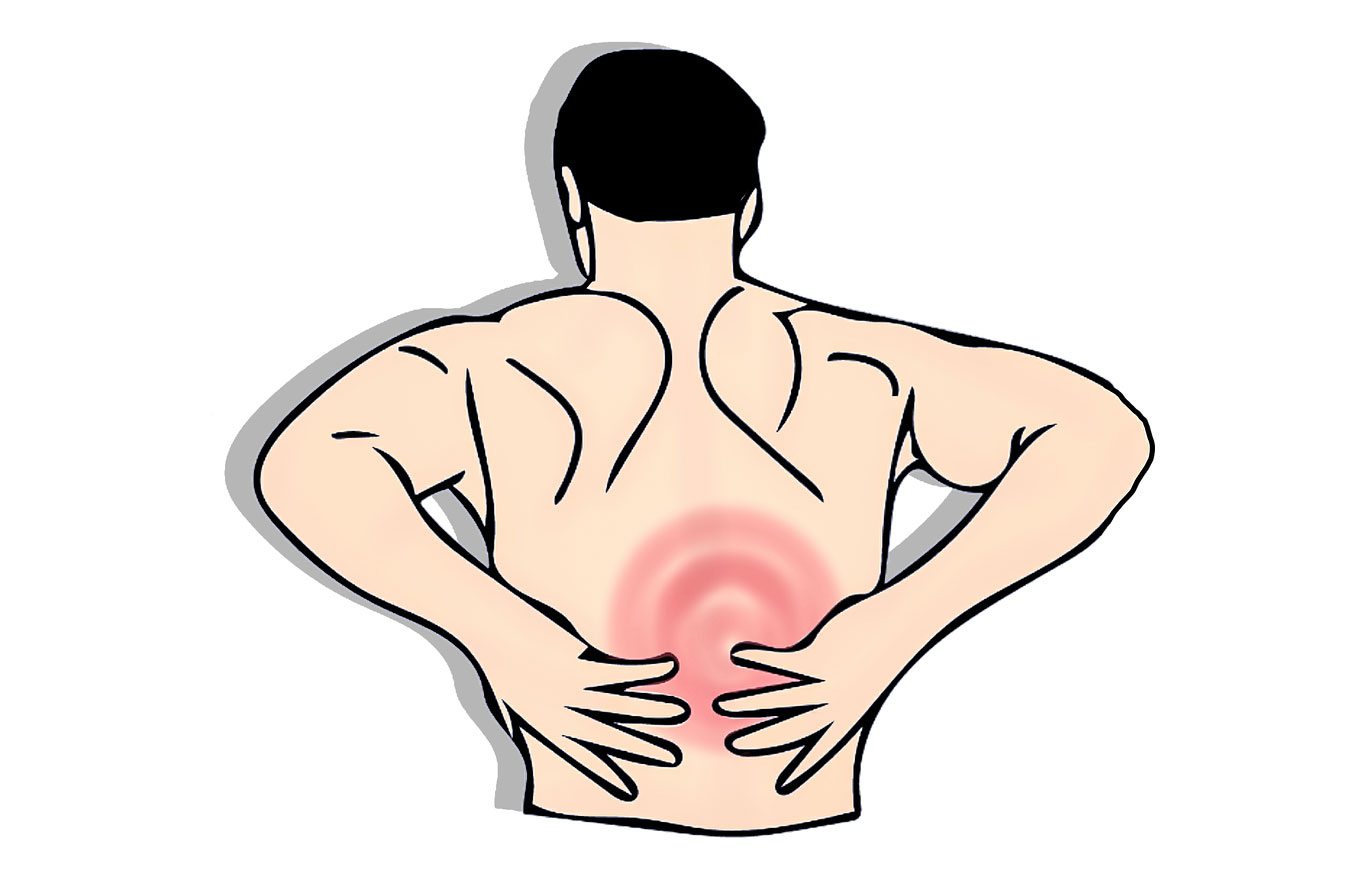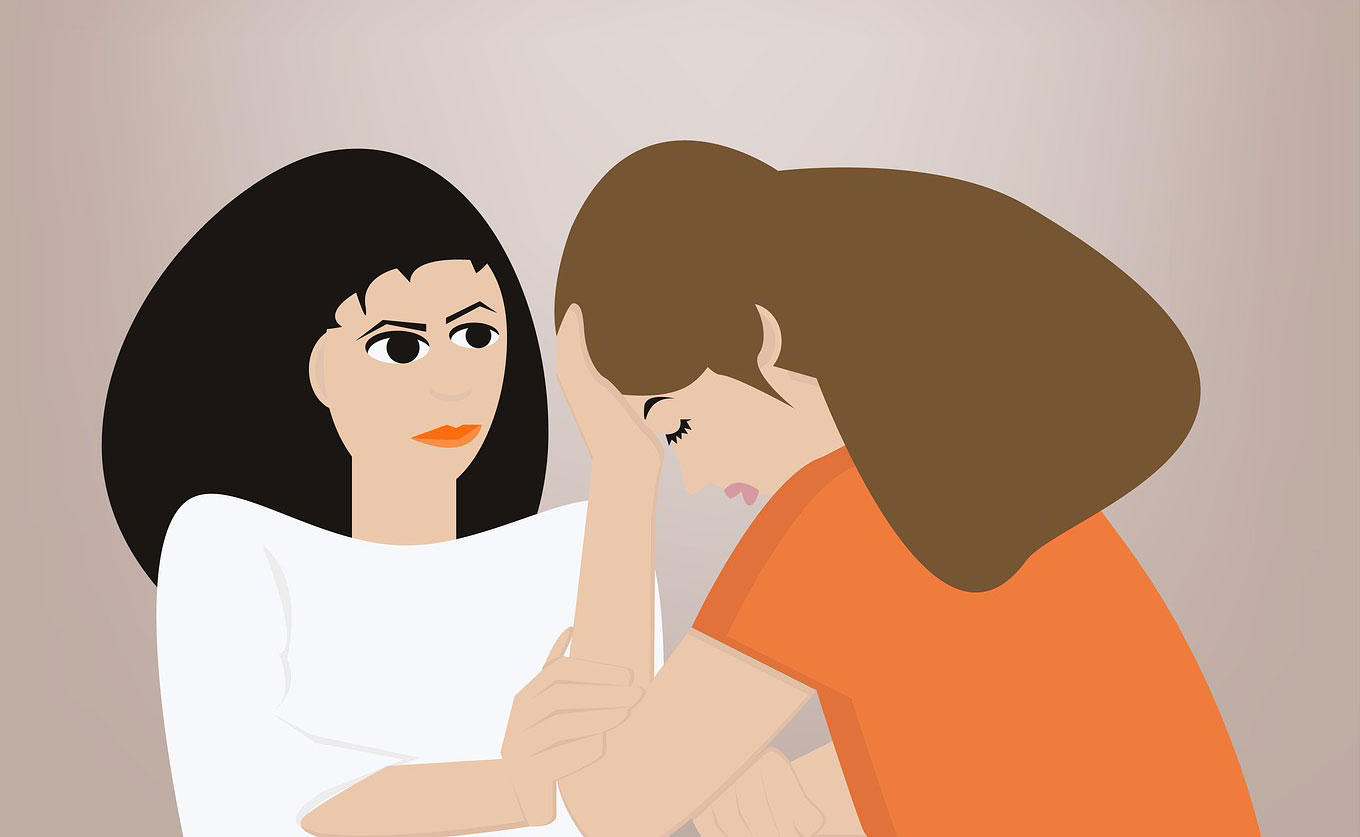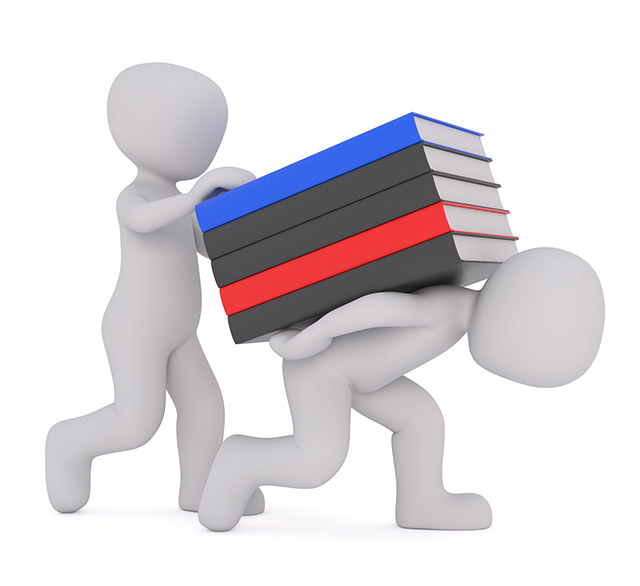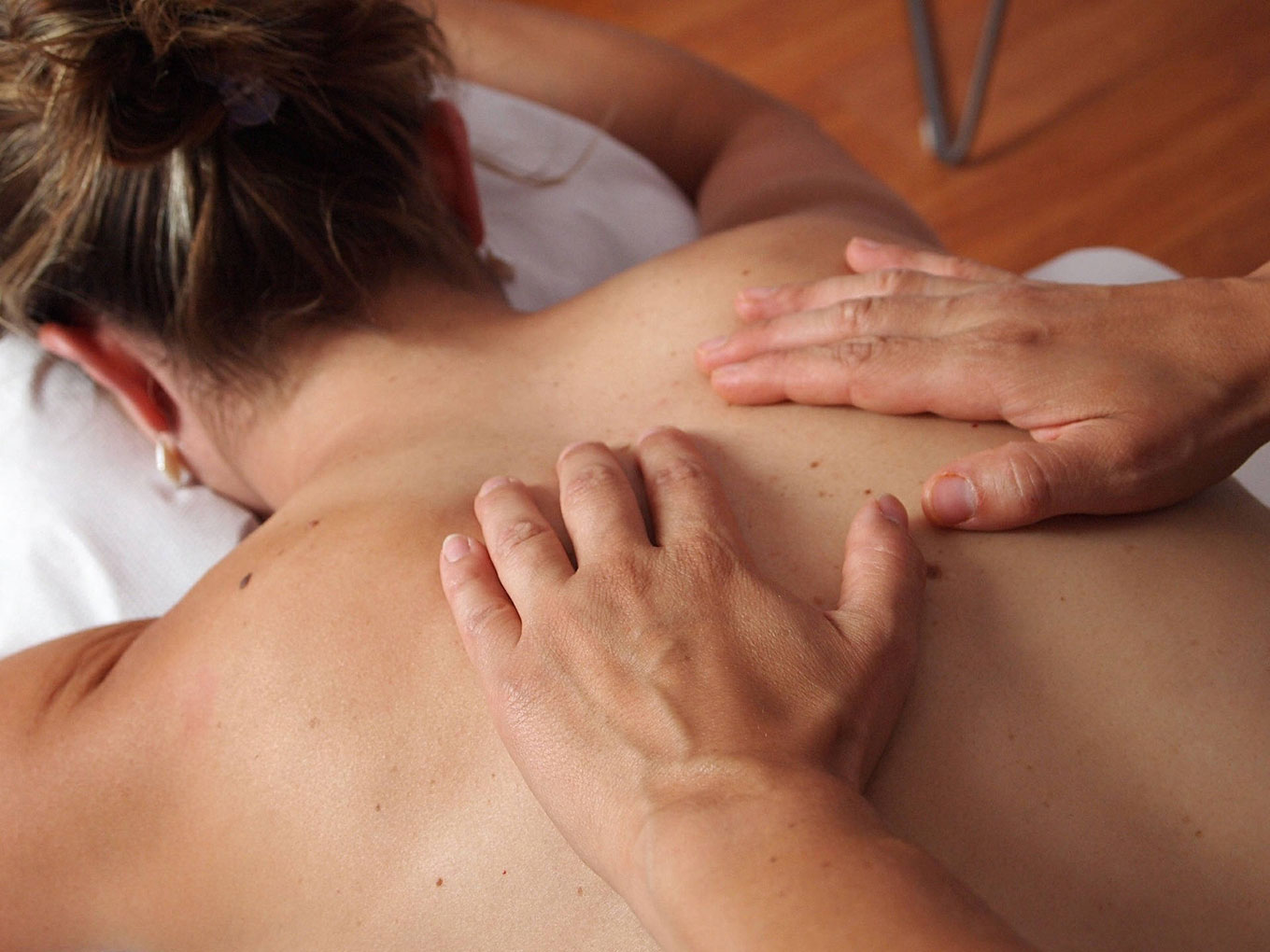
Regarding chronic pain, it is generally better to find the root cause of it than reach for prescription drugs for a temporary fix. In the case of lower back pain, the American College of Physicians is now recommending that patients try drug-free options before seeking other solutions. In this article, Dr. Bristow outlines a few modalities that are recommended for treating lower back pain, and a few culprits that may be causing your flare-ups.
In February 2017, the American College of Physicians (ACP) concluded that the first treatment of choice for acute and subacute low back pain (LBP) should be superficial heat, massage, acupuncture or spinal manipulation (Qaseem, Wilt, McLean, & Forciea, 2017).
For chronic LBP, the recommendation is to initially select non-drug therapy with exercise, multidisciplinary rehabilitation, acupuncture, mindfulness-based stress reduction, tai chi, yoga, motor control exercise (MCE), progressive relaxation, electromyography biofeedback, low level laser therapy, operant therapy, cognitive behavioural therapy, or spinal manipulation. For those who have an inadequate response to non-drug therapy, NSAIDs (common examples are Aspirin, Ibuprofen and Naproxen) should be used as first-line drug-therapy, and opioid consideration should be considered as a last resort (Qaseem et al., 2017). This means MDs are urged to no longer suggest pharmaceutical management for any type of LBP without first suggesting alternative therapies. LBP is one of the most common reasons for missed work, the most common cause of job-related disability and something that nearly 80% of us will experience in our lives (Qaseem et al., 2017).
Why do we experience lower back pain?
The most important take away message here is LBP is multifactorial. There are so many contributing factors to pain for each individual. This ultimately means that it’s unlikely that only trying one alternative therapy will resolve your problems, especially indefinitely. Let’s look at the most common contributing factors:

1. Poor Digestion
Nerves from the spinal cord connect to both muscles and organs. Those same nerves that link to specific organs in our gut also link to specific muscles in the back and neck. When you are experiencing stress in one of your digestive organs, that organ will send a message back to the spinal cord via the same nerve that goes to a corresponding muscle. As a result, the corresponding muscle will become tense, contracted and painful. The question is: do you have LBP and also experience bloating, loose/diarrhea or constipated bowel movements, gas, heartburn or digestive pain? A combination of Naturopathy and Osteopathy is very helpful here.

2. Stress & Mental Health
When our stress is elevated our health is implicated, this is a common correlation almost everyone experiences. Our mental health plays a large role in our physical health. I frequently see a patient come in with chief concerns of digestion, low back pain and anxiety. These things are very strongly related through different mechanisms. By way of example, as stress or anxiety increases from work or family, digestion tends to get irritated, bowel movements become softer and more urgent and LBP flares up. If you notice stress has this snowball effect for you, counselling can help you identify stress triggers and change habits that increase your stress levels. Naturopathy can provide answers to your digestive issues and help you naturally lower your pain and stress levels simultaneously. Acupuncture is a great tool here as well, assisting with improving digestion and decreasing stress while taking time out for relaxation and self-care.
3. Structural
This category includes both injuries as well as chronic conditions which alter the physical structure such as Degenerative Disc Disease, Osteoarthritis and Disc Herniation. We tend to put structural issues into a category of their own, but it’s important to understand that inflammation and deterioration are key elements to structural issues that should be addressed alongside physical therapies to rehabilitate proper function and range of motion. One of the best things you can do to lower inflammation is alter your diet!

Each individual benefits from different types of therapies and supplements. If you have LBP, whether it’s acute or chronic, a good practitioner should consider all the facets and causes of your LBP and refer you to practitioners aside from themselves in order to help you recover. At the beginning of the article we looked at the many interventions listed by the ACP. This is because we know depending on the why different people benefit from different therapies. Since there are multiple contributing causes for each person, there needs to be multiple interventions in order to truly heal LBP.
My take-away message is don’t settle! Failing one therapy doesn’t mean seceding to pain medication for the rest of your life. Find a practitioner who can work with you to tease through the factors involved in your LBP to both help and refer you to get the care you need.
To find out more about what Dr. Stephanie Bristow can do to help you, book a FREE 15 min Meet and Greet with her by calling 403-452-0029 or by booking an appointment with her online.
References:
Qaseem A, Wilt TJ, McLean RM, Forciea MA, for the Clinical Guidelines Committee of the American College of Physicians. Noninvasive Treatments for Acute, Subacute, and Chronic Low Back Pain: A Clinical Practice Guideline From the American College of Physicians. Ann Intern Med. 2017; 166:514–530. doi: 10.7326/M16-2367
